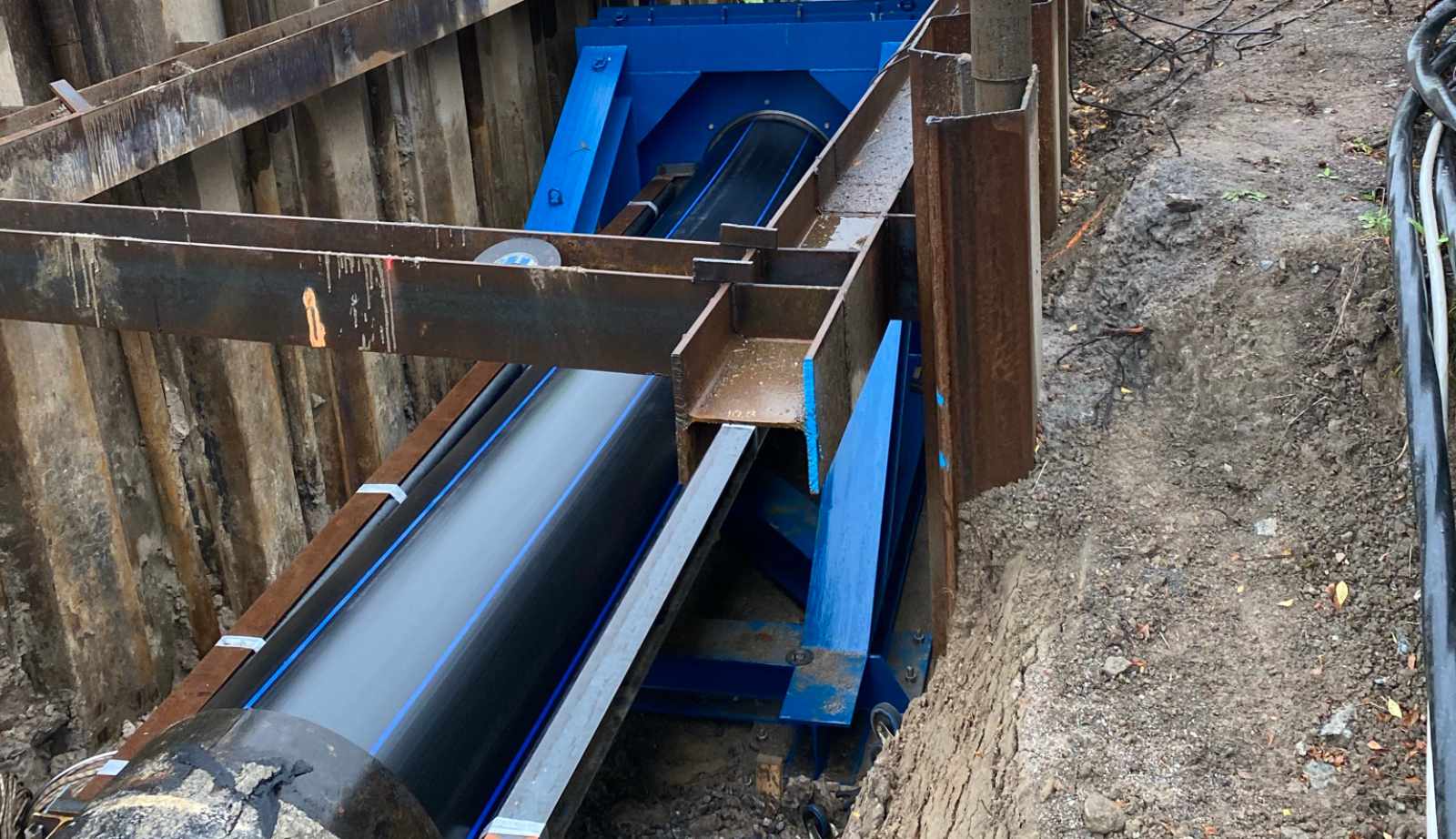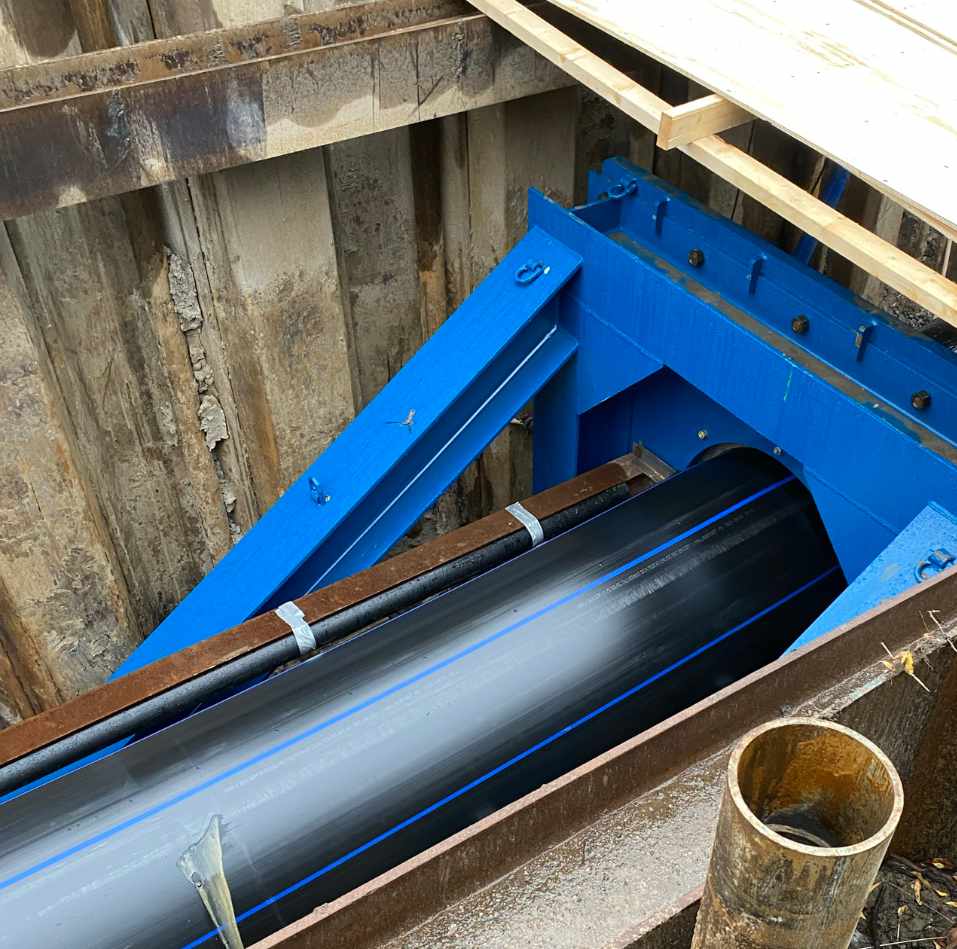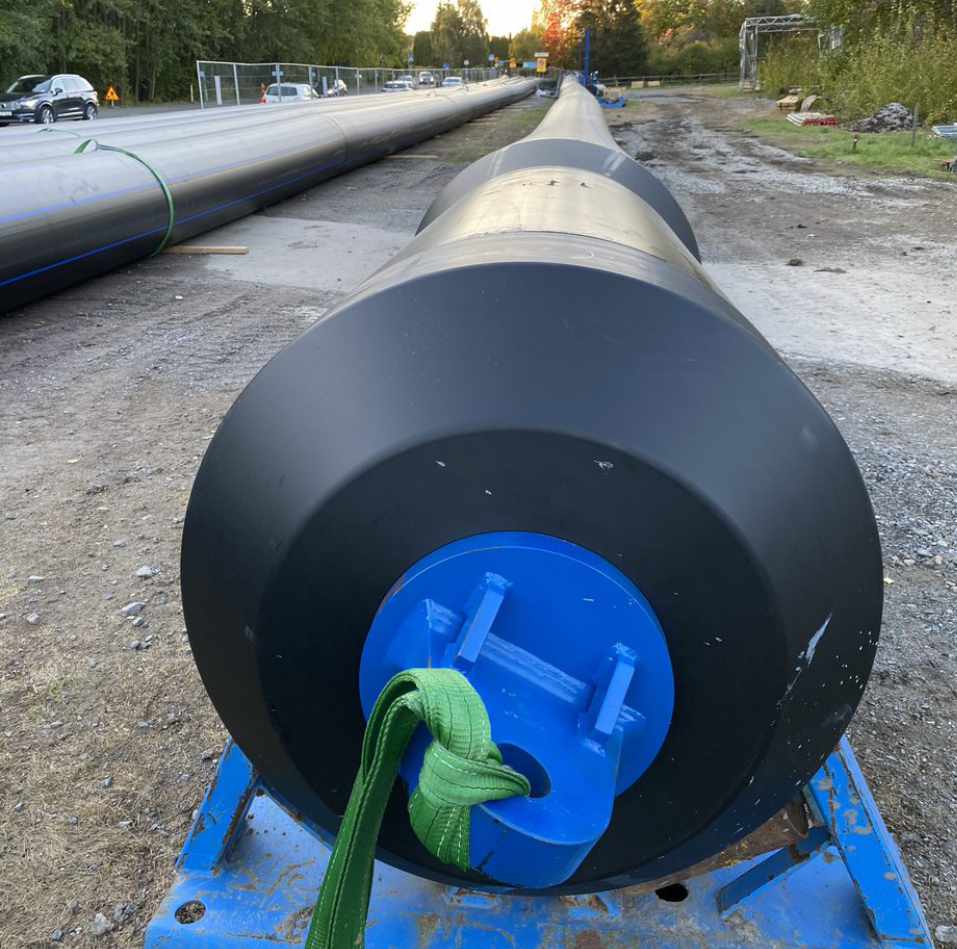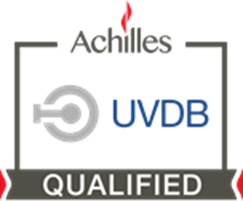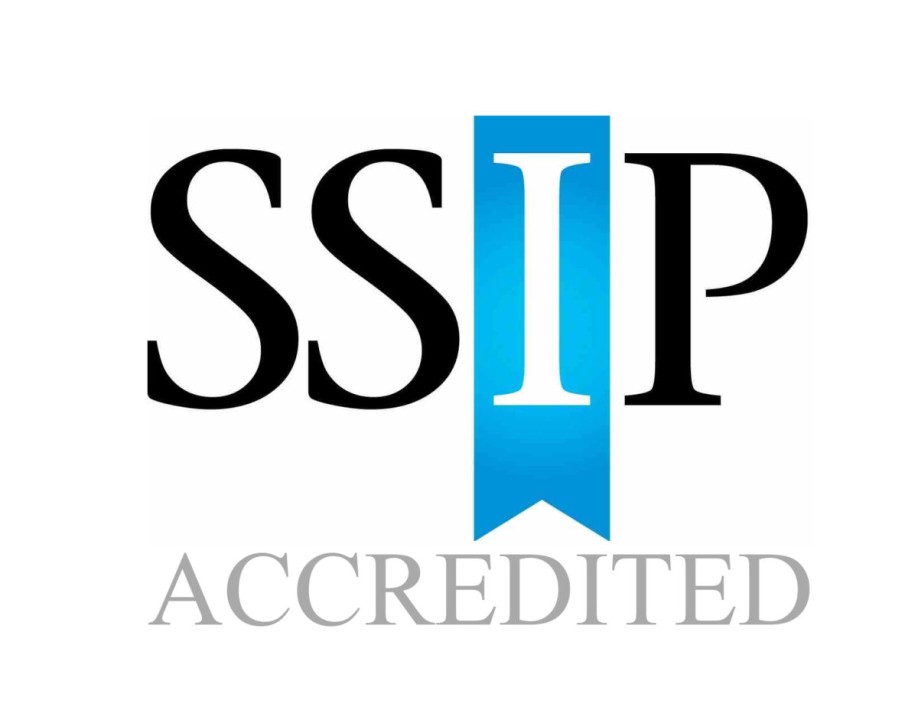Project Details
| Client: | NCC for Norrvatten |
| Location: | Finspångsgatan, Solna, Stockholm |
| Completion date: | December 2021 |
| Pipeline Length: | 600m |
| Liner material type: | Borealis Borsafe™ HE 3490 HE 3490-LS-H |
| Liner dimension: | SDR 51 |
| Host pipe: | DN1000 steel |
| Operating fluid: potable water | Potable Water |
| Operating pressure: 8.5 bar | 10 Bar |
| Pipeline lifetime with liner: 100 years | 100 Years |
Client, NCC for Norrvatten required the lining of a steel host pipe of DN1000 over a length of 600 m in Finspångsgatan, Solna, Stockholm. The rehabilitated pipe had to provide a design life of 100 years with a design pressure of 10 bar. Using the Die Draw technique the liner pipe material selected was Borealis Borsafe™ HE 3490 HE 3490-LS-H with 1,045 mm o.d. and 20.6 mm wall thickness at SDR 51.
The host pipe, constructed in 1969, has an average diameter of 997 mm and is made of steel with an inner bitumen lining. The depth of the pipeline varies between 1.5 and 3 m from street level to the crown of pipe. The first section to be lined was reasonably straight, without significant bends. The liner pipe was delivered in sticks of 20 m length. These were welded together to provide three 200 m long stalks.
This project had to take into account the expected range of ambient temperature conditions experienced in Sweden between late August and November. It was necessary to ensure that all variables were accounted for, which resulted in several iterations of the installation calculations.
The project used a thin-walled liner designed to withstand lifetime pressures by spanning holes and gaps in the host pipe. The design methodology used by Die Draw enabled a very thin liner to be used utilising the residual hoop strength in the host pipe, thus creating a semi-structural liner.
The Benefits
The significant benefits of this design over a full pressure bearing liner pipe include:
- Increase in flow capacity by maximising the host bore
- Lower material costs
- Lower CO2 emissions
- More environmentally friendly
- Easier construction handling
- Lower tow in loads
- Lighter liner
- Shorter welding times
- Does not require disposal of aged pipe – it is an integral part of the composite solution
